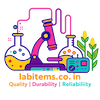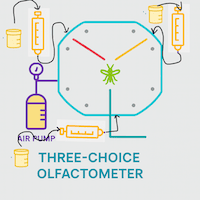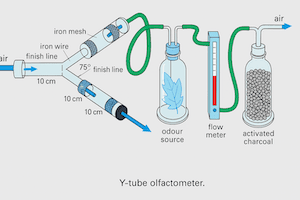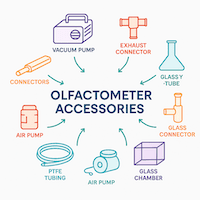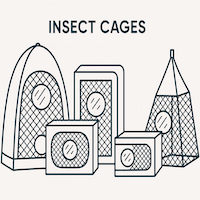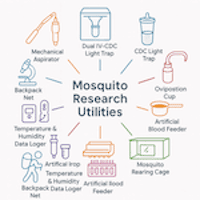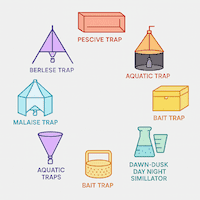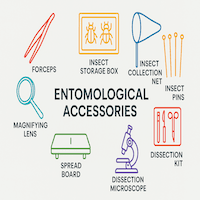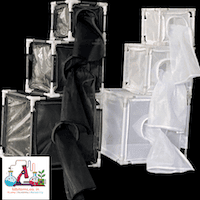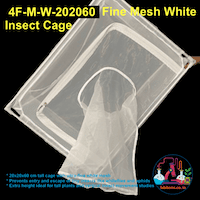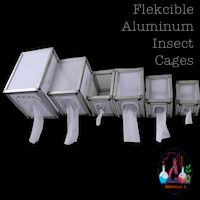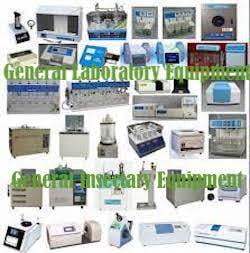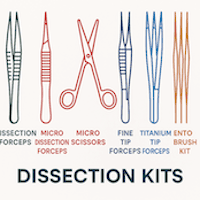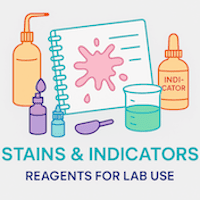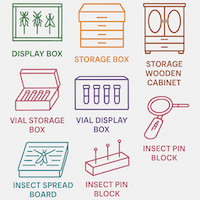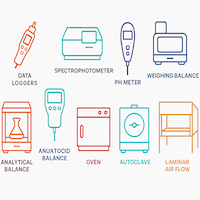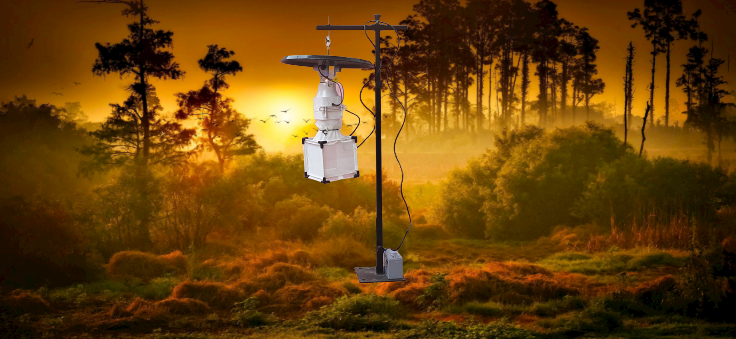
Yeast Extract Powder for Bacteriology 500 gm
Yeast extract can be a helpful ingredient in insect diets, offering a variety of nutrients, boosting palatability, and providing essential B vitamins. However, its composition can vary, affecting insect growth. It's also more expensive than some alternatives. While some insects benefit from yeast extract, others may not require it. The optimal amount also depends on the insect species. Researchers have successfully reared insects on simpler diets without yeast extract.
Customize
Yeast extract can be a valuable ingredient in some insect artificial diets, but its use comes with both benefits and drawbacks. Here's a breakdown of its role:
Benefits of Yeast Extract in Insect Diets:
- Nutrient Source: Yeast extract is a concentrated source of various nutrients, including amino acids, vitamins, and minerals [1]. This can be particularly important for insects that require a wider range of nutrients than simple sugars can provide.
- Palatability Enhancer: Yeast extract often contains compounds that enhance the palatability of the diet for insects, potentially leading to increased feeding and growth [2].
- B-Vitamin Complex: Yeast extract is naturally rich in B vitamins, which are essential for insect development and reproduction [3].
Drawbacks of Yeast Extract in Insect Diets:
- Variability: The composition of yeast extract can vary depending on the yeast strain and production process. This inconsistency can make it difficult to achieve consistent insect growth across different batches of diet [1].
- Cost: Yeast extract can be a relatively expensive ingredient compared to some other components of insect diets.
- Unbalanced Nutrition: While yeast extract provides a variety of nutrients, it may not be perfectly balanced for the specific needs of all insect species. Additional supplementation might be required.
Optimal Usage:
- Concentration: Research suggests that there is an optimal concentration of yeast extract for specific insect species. Using too much can be counterproductive [4].
- Target Insect: The benefits of yeast extract can vary depending on the insect being reared. Some species may not require it for optimal growth.
Here are some references for further reading:
- [1] Chakravorty, S., Ghosh, S., & Verma, P. K. (2014). Evaluation of different artificial diets for mass rearing of the lac insect, Kerria lacca (Hemiptera: Tachardiidae). Journal of Insect Science, 14(1), 142.https://agriarticles.com/wp-content/uploads/2022/06/E-02-03-122-401-403.pdf
- [2] Huang, Y., Wang, Q., Xu, S., Li, D., & Cheng, T. (2018). Suitability of different artificial diets for rearing house crickets (Acheta domesticus). Journal of Orthoptera Research, 27(1), 71-77. https://academic.oup.com/jee/article-abstract/84/3/891/2215639
- [3] Cohen, A. C. (2011). Insect Diets: Science and Techniques. CRC Press.
- [4] Shelton, D. L., Beckel, W. E., Batista, R. C., Neto, E. M., & Mariano, L. A. (2017). Effect of yeast extract concentration on the development of Apis mellifera queens (Hymenoptera: Apidae). Journal of Insect Science,17(6), 101. https://www.tandfonline.com/doi/pdf/10.1080/00218839.1981.11100492
